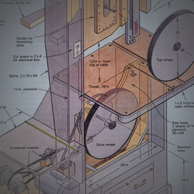Celebrating 40 years!
Welcome to the Party
Fine Woodworking is turning 40! To celebrate, we are giving you special free access to classic issues in the reader below, where you can get a firsthand look at the magazine's evolution and read articles by legends of the craft, such as Tage Frid, George Nakashima, and James Krenov. Check back often so you don't miss these rare treats. Also, check out some never-before-seen throwback photos that we've selected from our rich archives. Finally, enter our sweeps below for a chance to win one of more than 40 tools. Good luck, and have fun.
Fine Woodworking #146 - 25th Anniversary Issue
Special 40th Anniversary Features
Throwback Photos
-
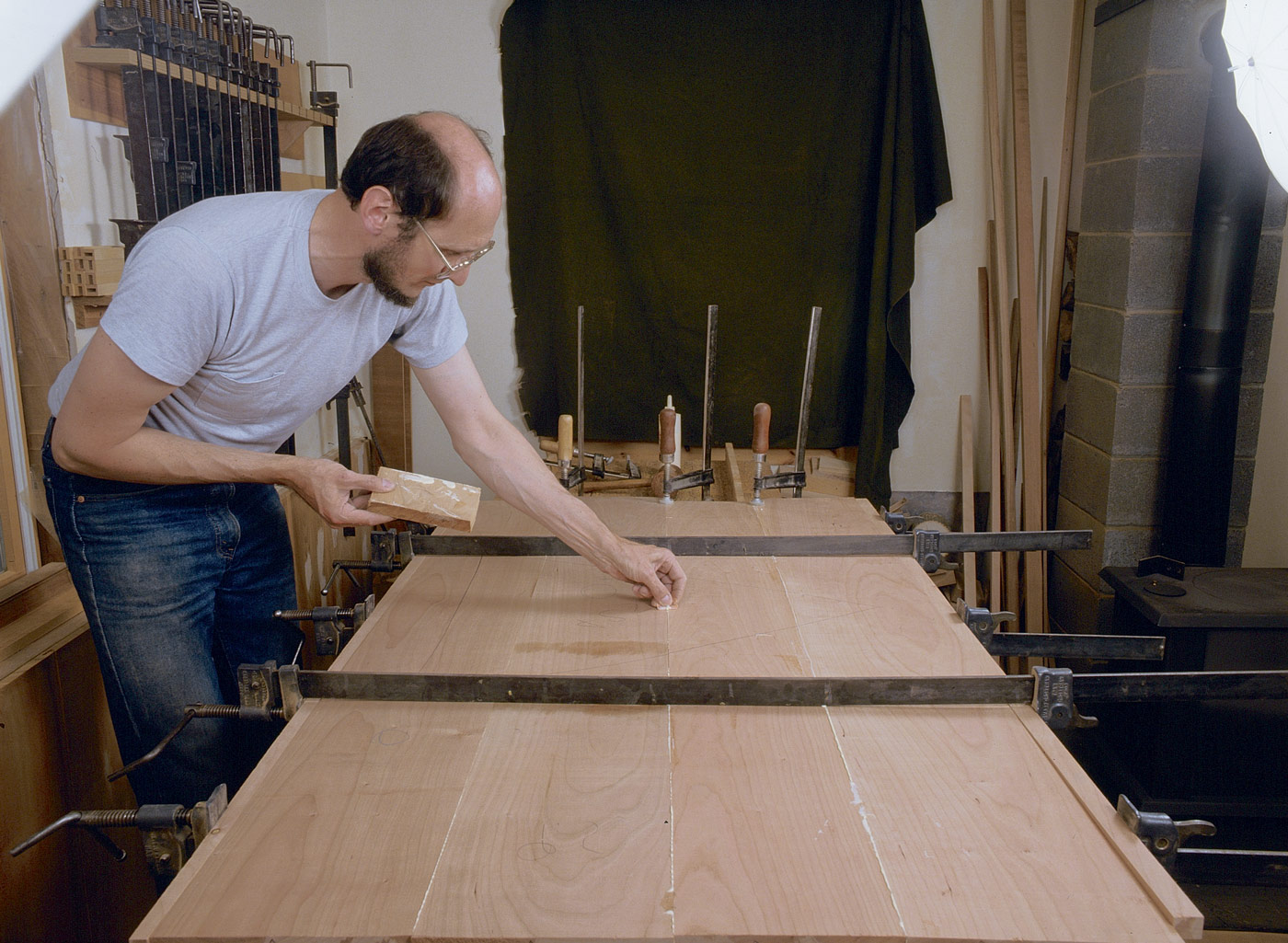
Christian Becksvoort has been a contributing editor since December of 1988. His first article, Attaching Tabletops was featured in issue #62, Jan/Feb 1987. This photo is the first time Christian himself was in the magazine in 1989.
-

Garrett Hack joined on as a contributing editor in November of 2001. His first article was published issue #104, Jan/Feb 1994. Strong Light Construction in is considered by many of the staffers here to be a FWW instant classic.
-
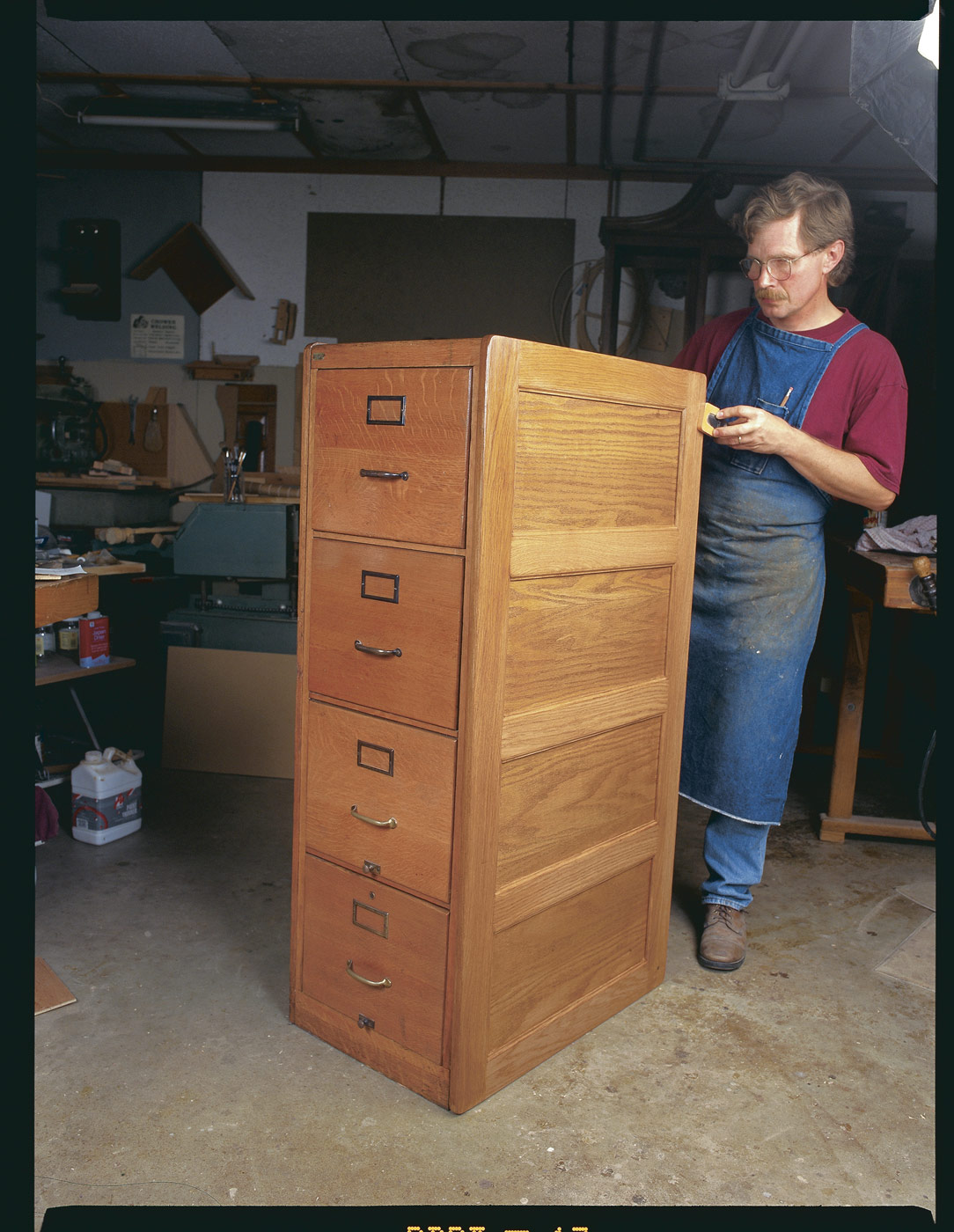
Roland Johnson has been a contributing editor since December of 2003. His first article, Dry-Brushing Wood Stains was featured in issue #123, Mar/Apr 1997.
-
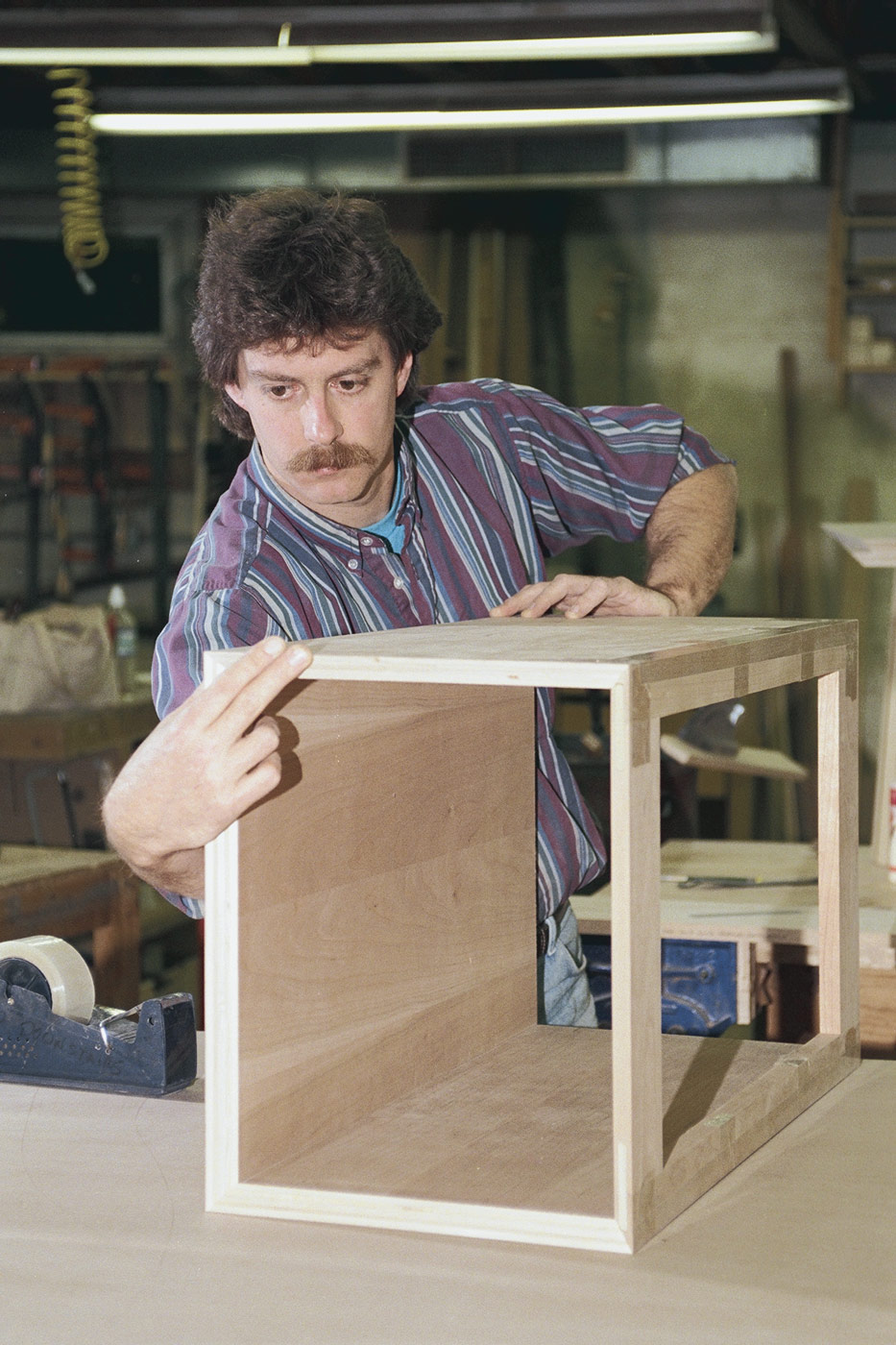
Steve Latta has been a contributing editor since May of 2007. His first article for the magazine was Strong, No Clamp-Up Corner Joints in issue #129, Mar/Apr 1998.
-

Michael Fortune has been a contributing editor since September of 2010. His first article published in the magazine was Fixtures for Steambending from issue #30 Sep/Oct 1981.
-
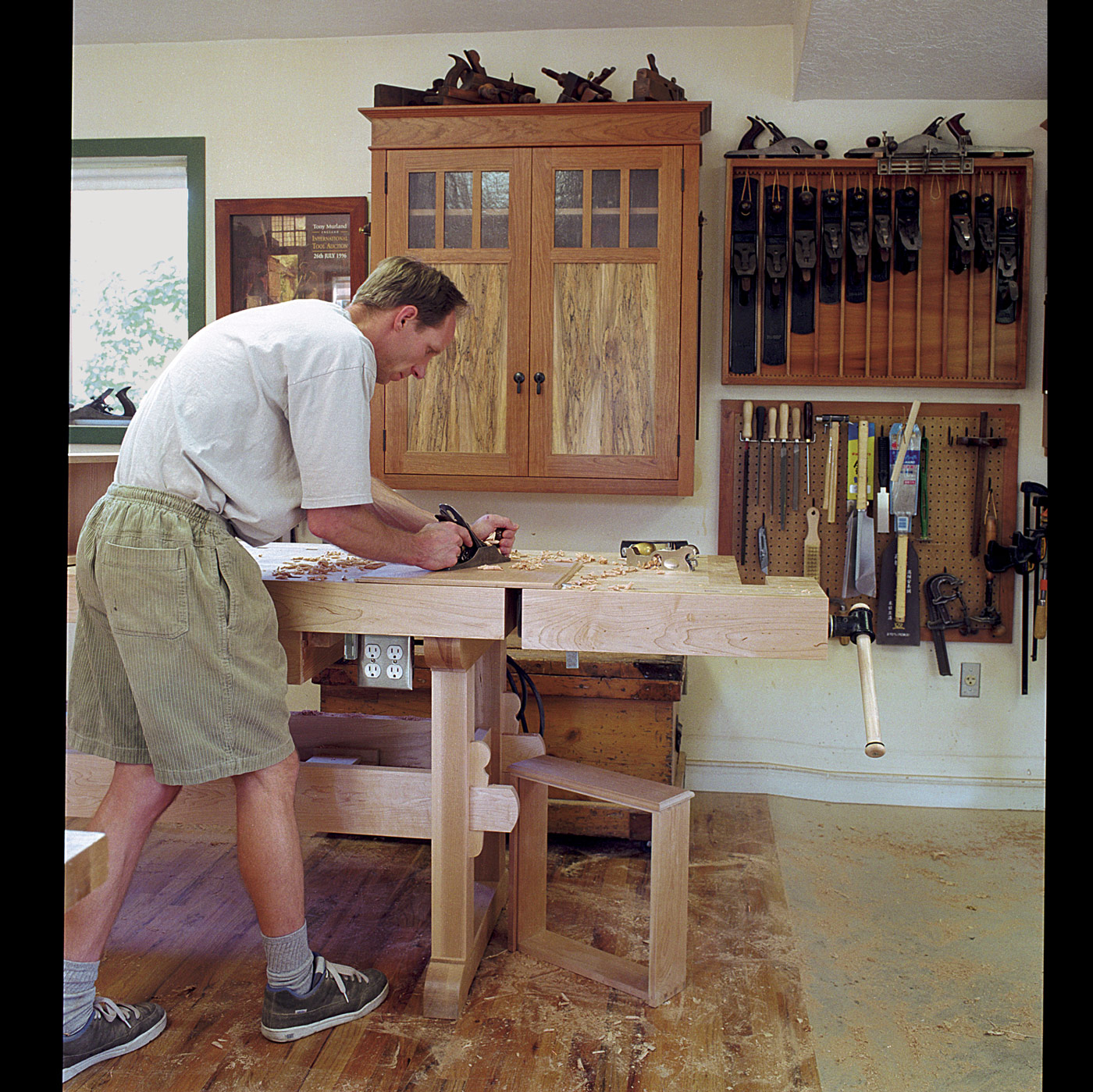
Chris Gochnour just celebrated his one-year anniversary of becoming a contributing editor in September of 2015. His first article with the magazine was Turning a Parking Place into a Great Shop Space, issue #202, Tools and Shops 2009
-

Bob Morgan Wood – 1975: Issue 1
This isn’t totally crazy these days with the advent of iron-on edge banding. Kind of crazy to think of a sheet of hot melt glue though!
-

Delmhorst – 1986: Issue 59
-
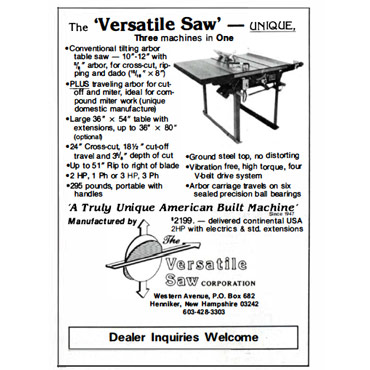
Versatile – 1980: Issue 21
Do-everything machines were quite the style back in 1980. For just $2,199 you could have three tools in one. Or, you could do all of that on any standard tablesaw with a good crosscut sled.
-
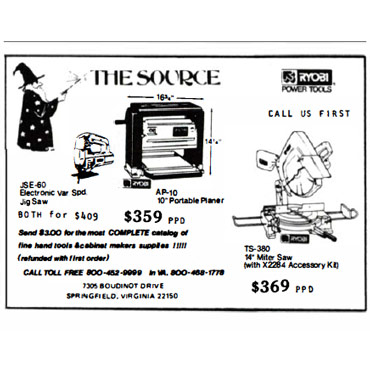
Ryobi – 1980: Issue #21
It’s amazing to look at the prices. The prices of Ryobi tools haven’t changed much at all!
-
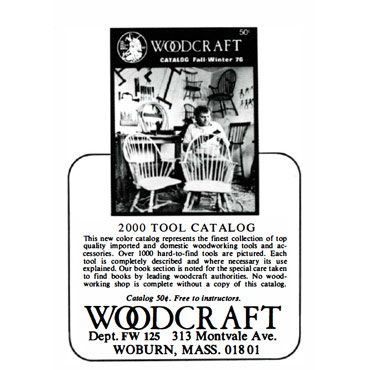
Issue #1 – 1975: Woodcraft
The ads that have been in Fine Woodworking are sometimes just as interesting as the photos. It’s pretty amazing how much some things have changed… and stayed the same.
-
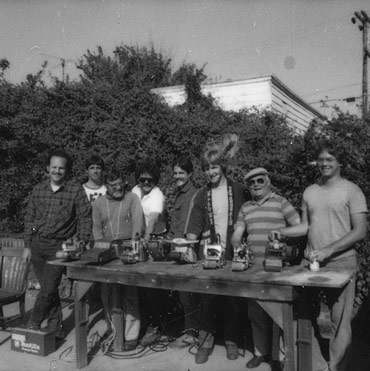
Belt Sander Races: 1984 Santa Cruz Woodworkers Association
The latest mean machine to roar out of California dusted off all comers at the Santa Cruz Woodworkers Association ‘s ” Belt Sander Drag” races”.
-
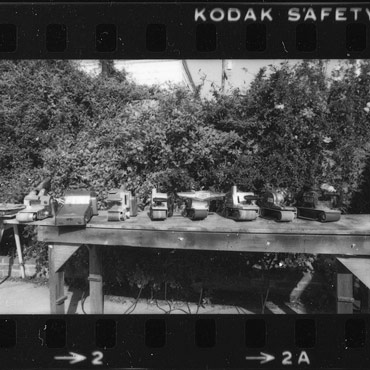
Belt Sander Races: 1984 Santa Cruz Woodworkers Association
The dragsters were just ordinary belt sanders, souped up with racing bric-abrac – one sported a fully aerodynamic body shell.
-

Belt Sander Races: 1984 Santa Cruz Woodworkers Association
The overall winner, a big 4×24 Rockwell, clocked 2.4 seconds for the 28-ft. run. Scaled up to auto size, this would be a ground-pounding 200 MPH !
-
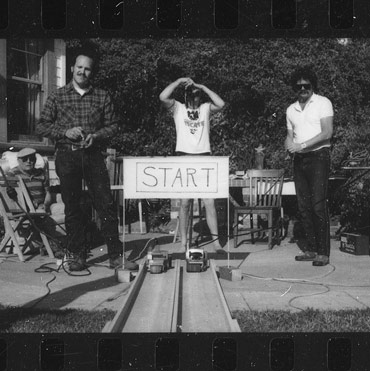
Belt Sander Races: 1984 Santa Cruz Woodworkers Association
If you can identify anyone in these pictures (except Sandor) let us know by emailing fw-web@taunton.com. Editor Tom McKenna is pretty sure one of the attendees is Jeff Lyne from Electric Light Orchestra.
-
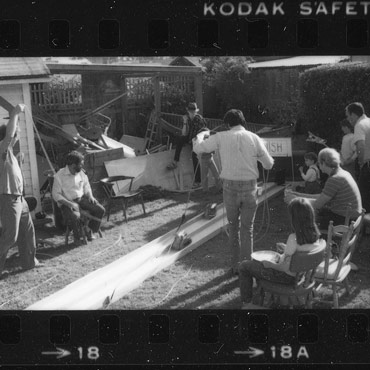
Belt Sander Races: 1984 Santa Cruz Woodworkers Association
The day went smoothly, and the knottiest controversy, about whether the track got faster with use, was settled by a wry fellow who pointed out that, ultimately, it only gets thinner.
-
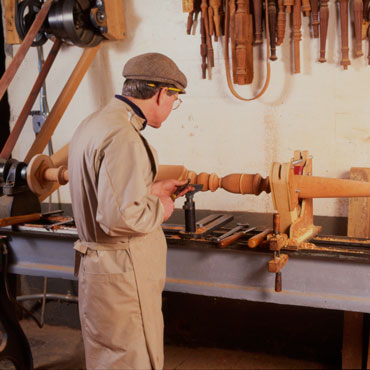
Lowe: One foot in the present, one foot in the past
“We need to know where we’ve come from and the tools and techniques that we’ve developed over the years,” Lowe said. That lets his students “accomplish some pretty amazing things.”*
*Boston Globe – 9/4/14
-

-
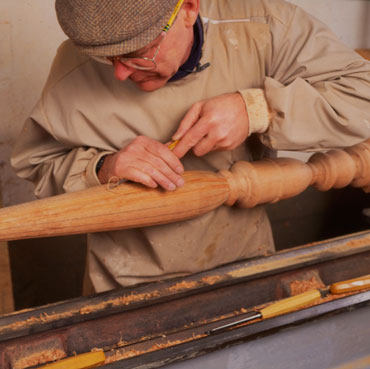
Lowe: A teacher as well as a craftsman
Phil was an instructor at Boston’s North Bennet Street School from 1975 to 1985, the latter five as head of the furniture-making department.
Currently he is the owner and director of his own woodworking school, the Furniture Institute of Massachusetts.
-
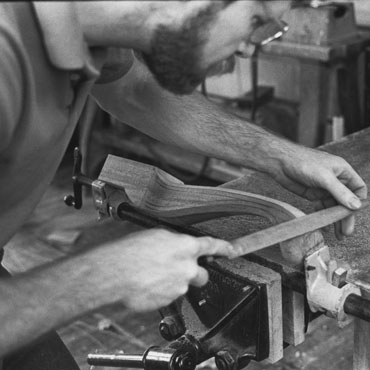
Lowe: Fine Woodworking Contributor
This picture is from Phil’s first appearance in Fine Woodworking in issue #42 – September/October 1983 where he wrote about Cabriole legs.
He has covered everything from Shaker clocks, Sheraton beds, drafting, turning and workbenches in the pages of Fine Woodworking and on the website.
-
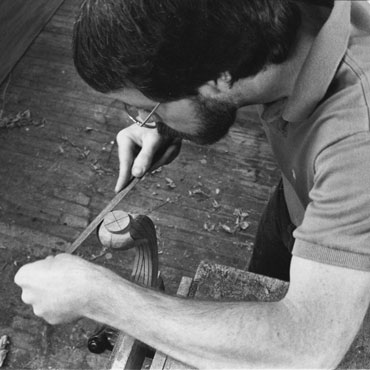
Lowe: Period Furniture Master
In 2005 Phil won the Cartouche Award, the highest honor given by the Society of American Period Furniture Makers and in 2010 given the Artisanship Award by the Institute of Classical Architecture & Classical America.
-

Phil Lowe: A Fine Woodworking Legend
Phil Lowe, professional woodworker since 1969 has authored many Fine Woodworking articles, starred in many videos and has been a long time contributor. Few have left as much of a mark on Fine Woodworking as Phil has.
-
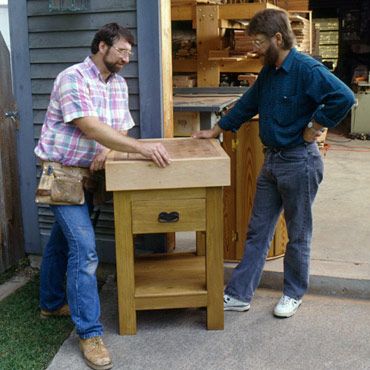
Abram: Take 5!
Boesel gets a close look at Abram’s butcher block table.
-
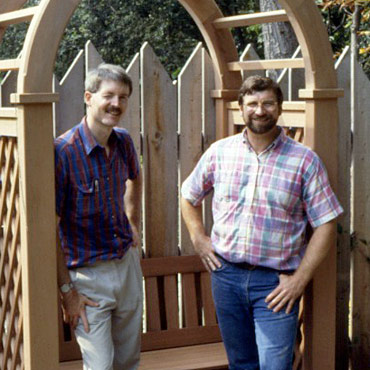
Abram: Take 4!
Waters and Abram pose under the seating arbor built for “The New Yankee Workshop.”
-
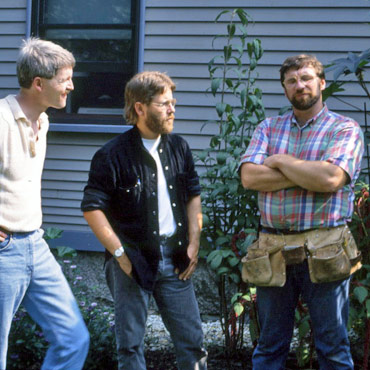
Abram: Take 3!
Waters (left) and Boesel (middle) chat with Abram between takes of his show.
-
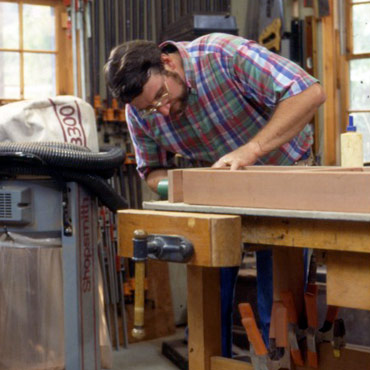
Abram: Take 2!
Abram’s appearance on the cover of issue #99 (March/April 1993) was met with mixed feelings in the following issue (#100, May/June 1993): “Norm’s picture on the cover of Fine Woodworking is like Phyllis Diller on the cover of Playboy.”-Pete Petran.
“Mr. Abram’s comfortable style is an instruction in the use of the woodworker’s most valuable tool-mental attitude.”-J. Adger Brown.
-
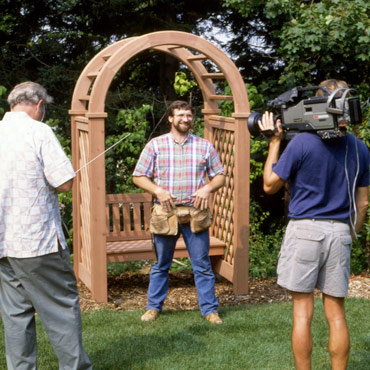
Abram: Take 1!
FWW editors got a behind the scenes look at Abram at work on the set. Here he films a segment on building the seating arbor in the background. With Abram are producer Russ Morash (left) and videographer Dick Holden.
-
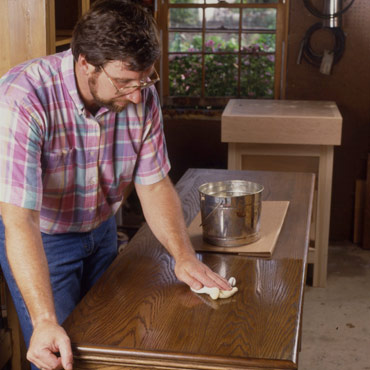
Norm Abram: Carpenter Turned Furnituremaker
In 1993 Fine Woodworking editors Jim Boesel and Alec Waters traveled to Boston to interview Norm Abram, host of TV’s seminal woodworking show, “The New Yankee Workshop” (newyankee.com). It was the first time Abram appeared in the magazine (issue #99).
-
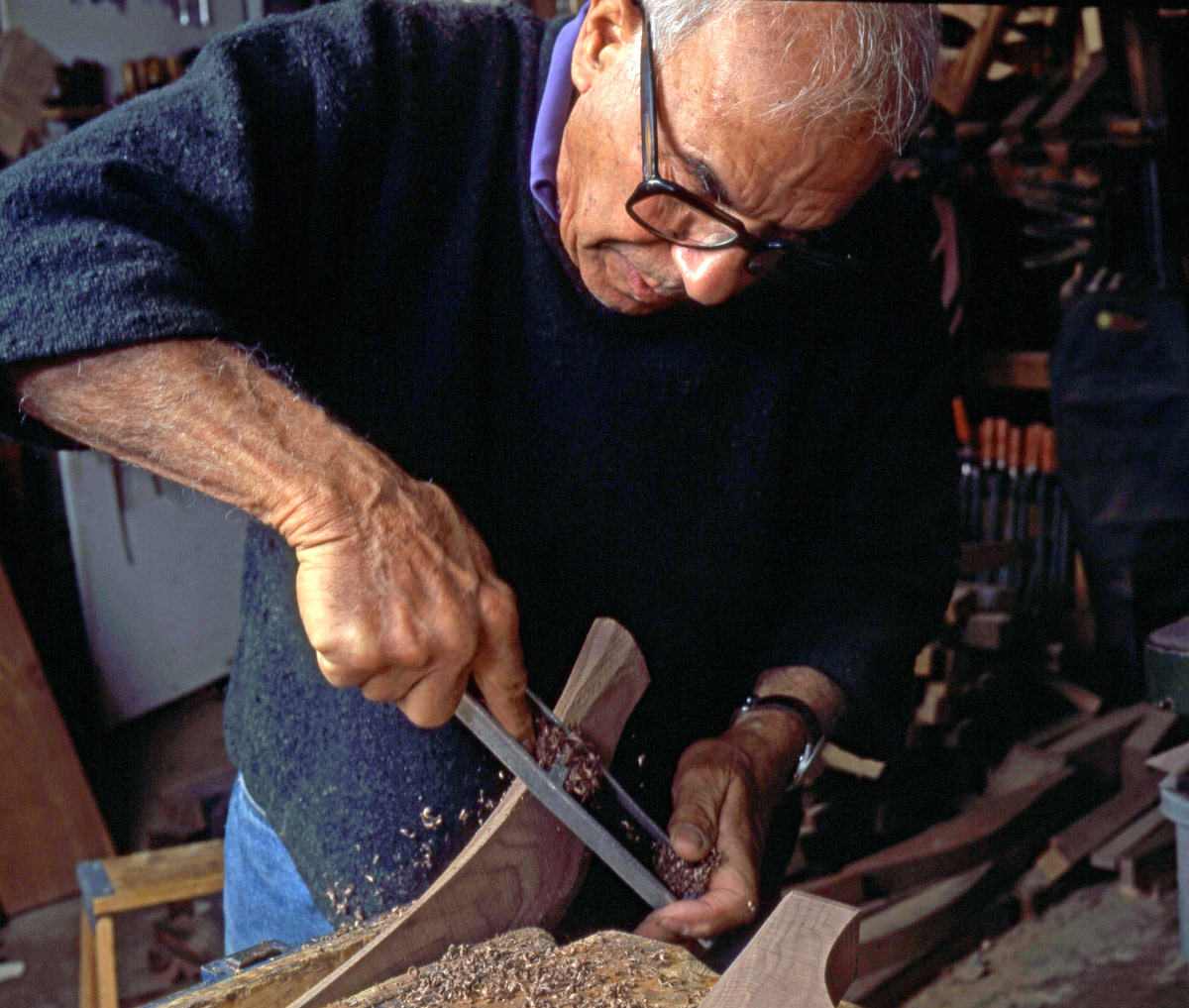
Maloof: Hand-shaping
“To do all this hand-shaping, I hold the workpiece in a regular bench vise. I do have two old pattern maker’s vises, which work beautifully for clamping odd-shaped pieces. But I’m not doing production, so I just use the regular vise that is on the bench where I usually work.”
-

Maloof: Bandsaw
“I do most of the shaping of chair arms freehand on the bandsaw. It works well for me, but I do not recommend this method. It’s very dangerous because the workpiece is inadequately supported as you cut. The only reason I do it this way is that I didn’t know any better when I started.”
-
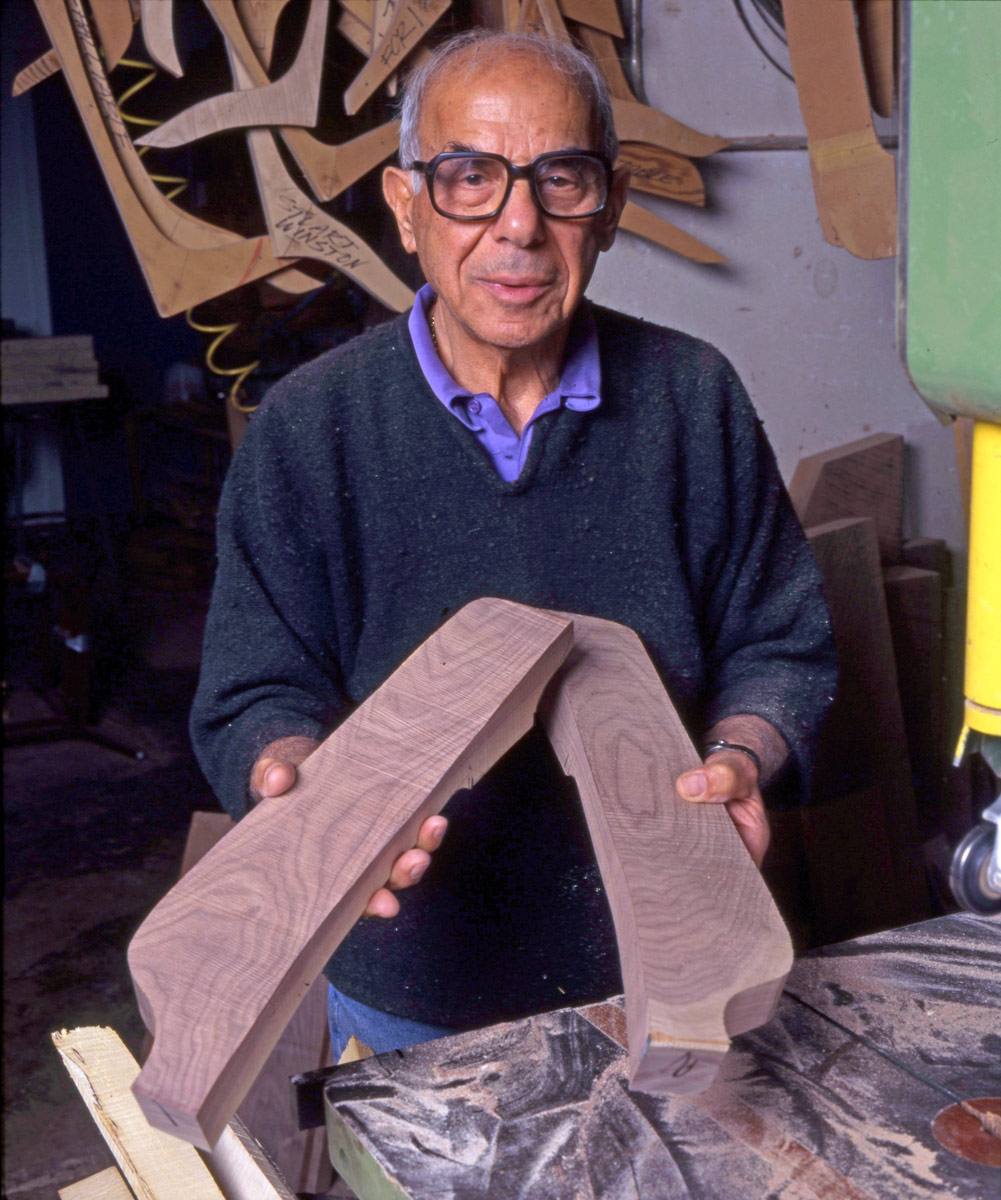
Sam Maloof: Shaping the arm of a chair
In 1999 FWW staffer Jonathan Binzen worked with Sam Maloof to reveal his secrets for shaping the arms of his iconic chair design. Some of the techniques we showed were not recommended, even by Maloof himself.
-
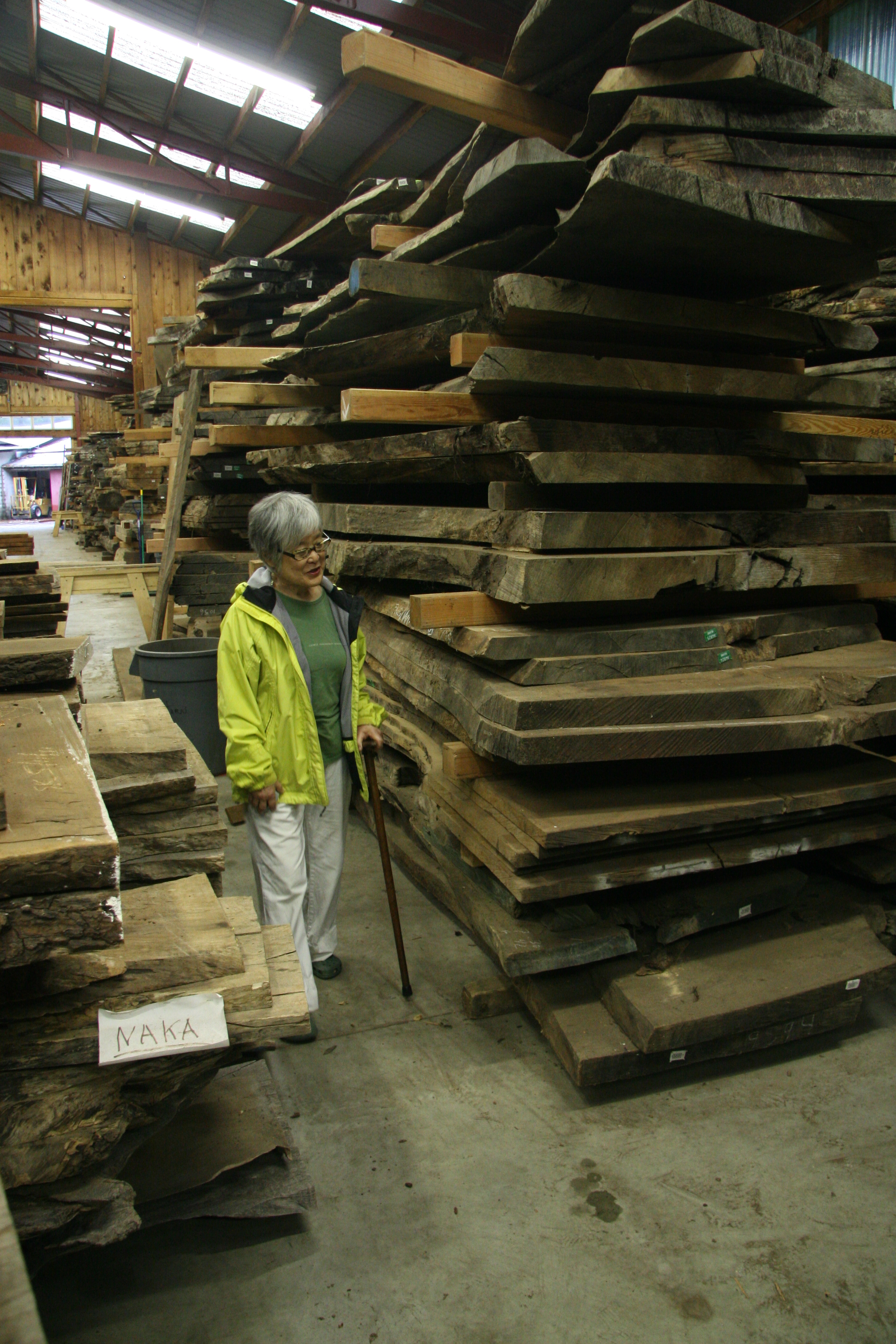
Nakashima: The legacy
George’s daughter, Mira, carries on her father’s tradition in the shop in New Hope. Here she gives FWW a tour of the well-stocked lumber barn on the property.
-
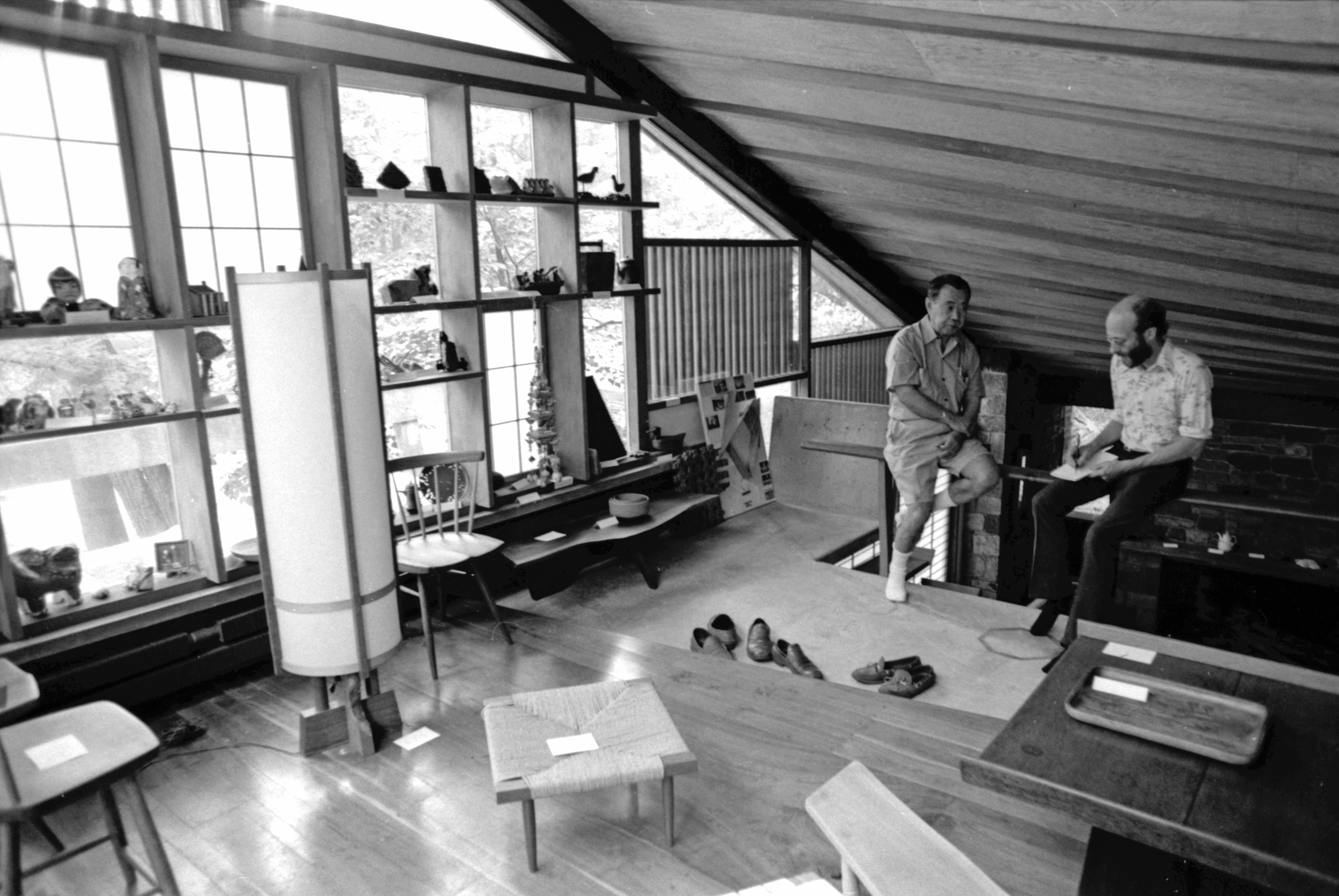
Nakashima: Ills of individualism
“Fast modern contemporary furniture, I want no part of it. People wanting to express themselves, it’s just simply crap. That’s what’s causing all the ills of our society, individualism with nothing to express.”
-
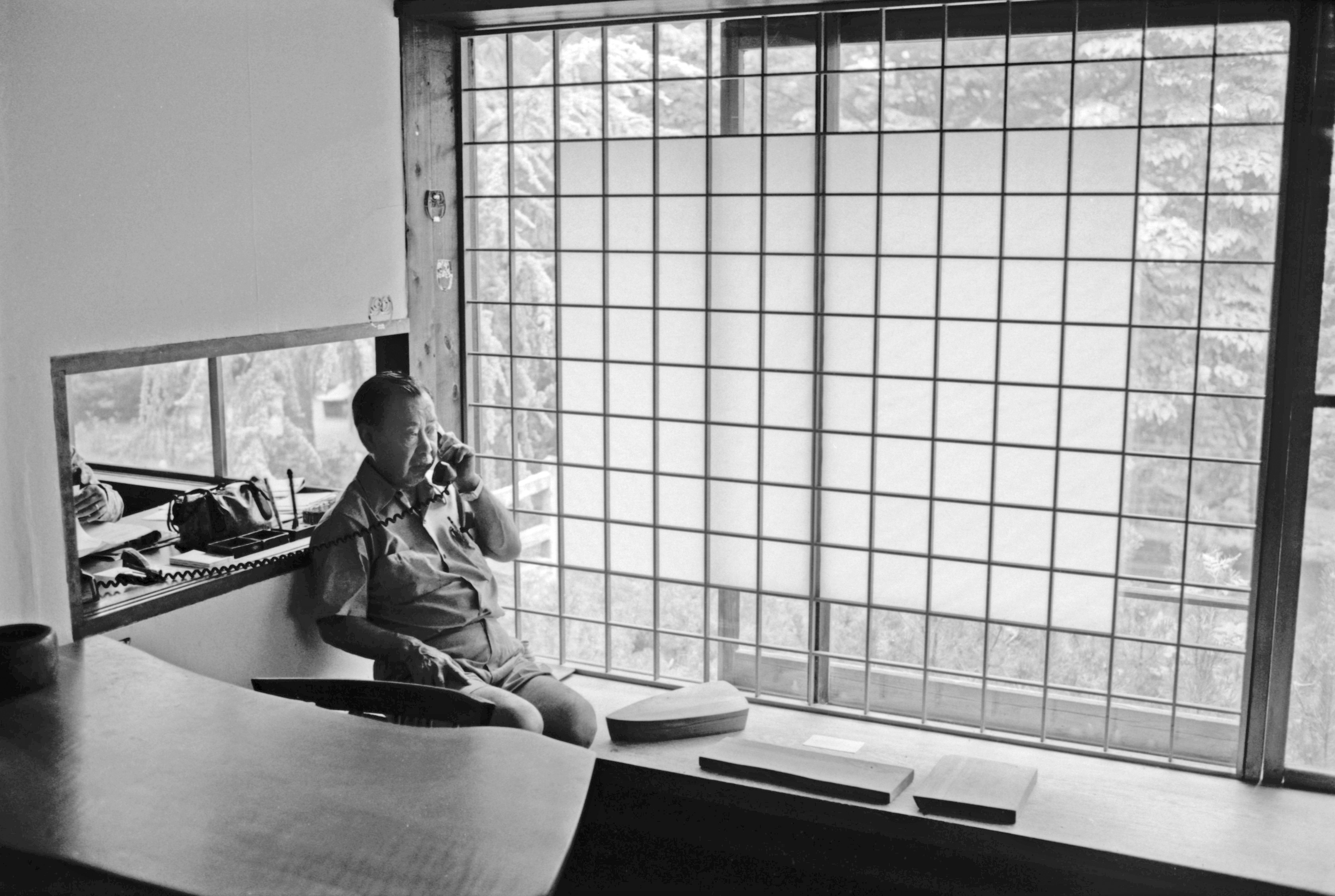
Nakashima: On design
“I don’t design from the approach of art school. I design from the material.”
-

Nakashima: Philosophy
“I think the object of life is to create. I don’t hurt anybody. I don’t take anything from anybody. I just try to leave the world a better place than I found it.”
-

Nakashima: The activist
“I am an activist, in my small way I get things done. I’ve improved my environment and improved my life and I’ve done things for people that improved their lives.”
-
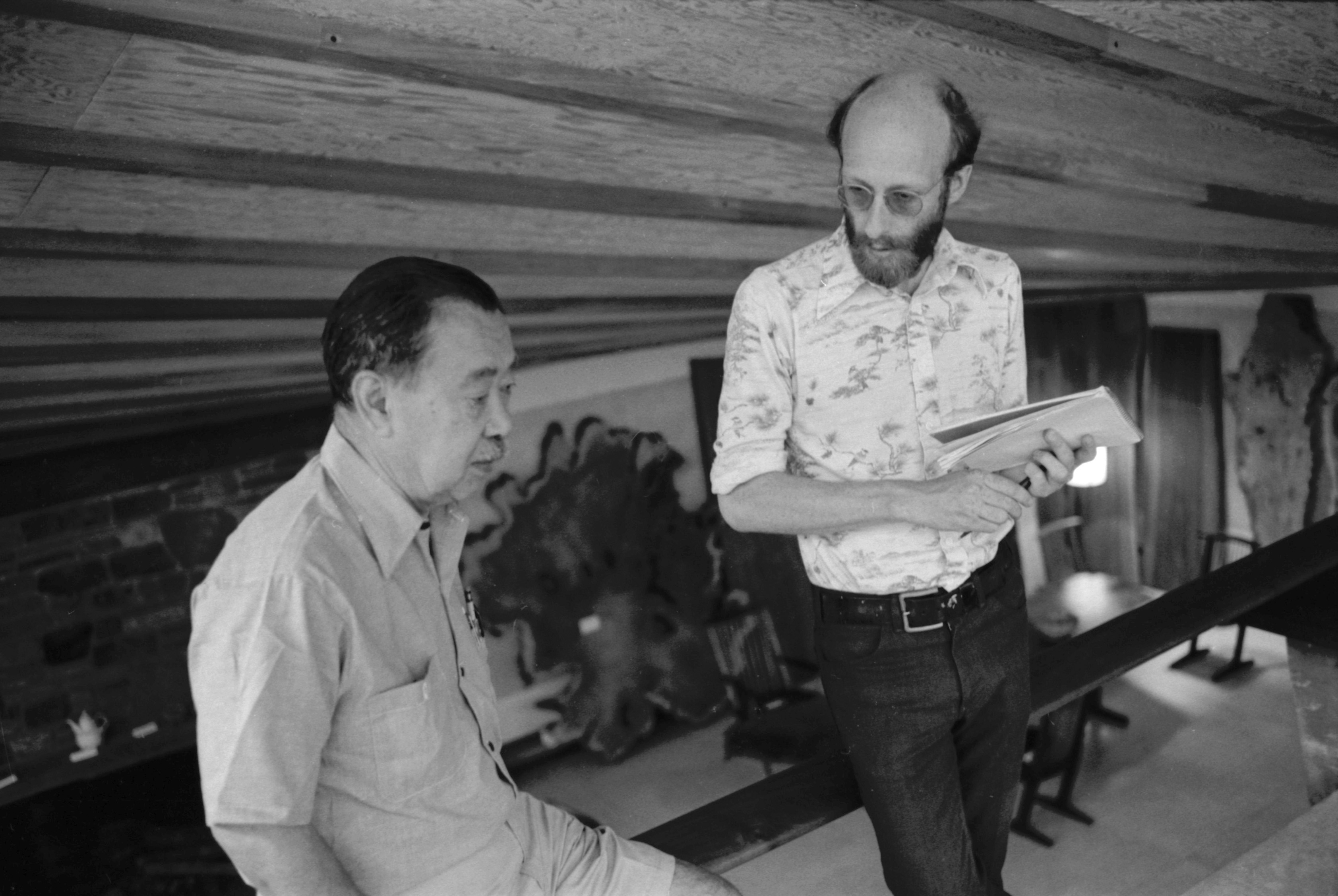
Nakashima: On skills
“Skills are maybe the finest resources any nation can have, and we don’t have that in this country and that’s why thing are getting so bad … If one has skills, one could make the slums bloom with no money at all, simply by work and skills.”
-
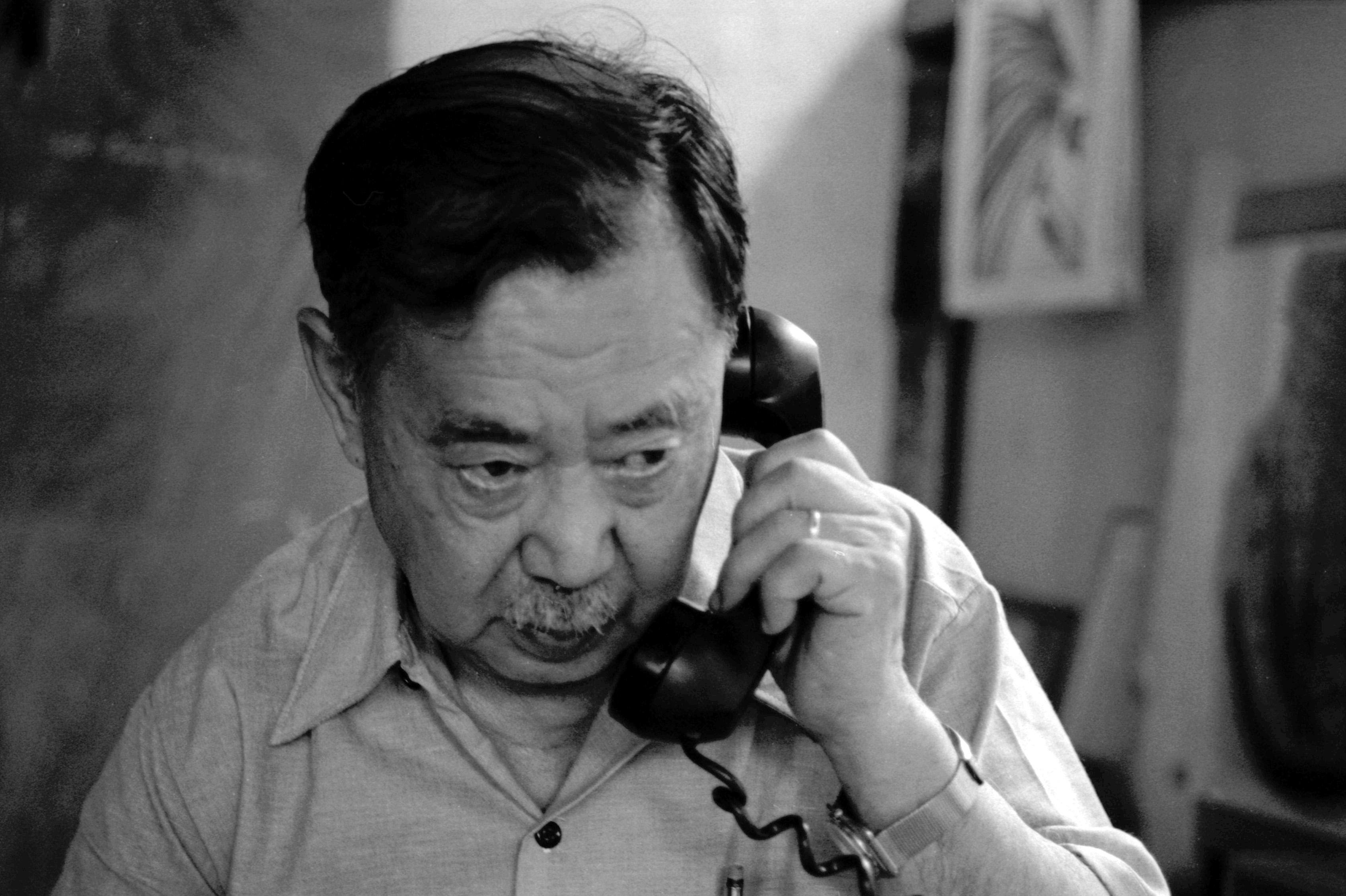
George Nakashima: For each plank there’s one perfect use
In 1979 FWW editor John Kelsey traveled to New Hope, Pa., to interview legendary furniture maker George Nakashima. Kelsey’s profile of the man gave deep insight into Nakashima’s vision, and unearthed the roots of his design philosophy.

